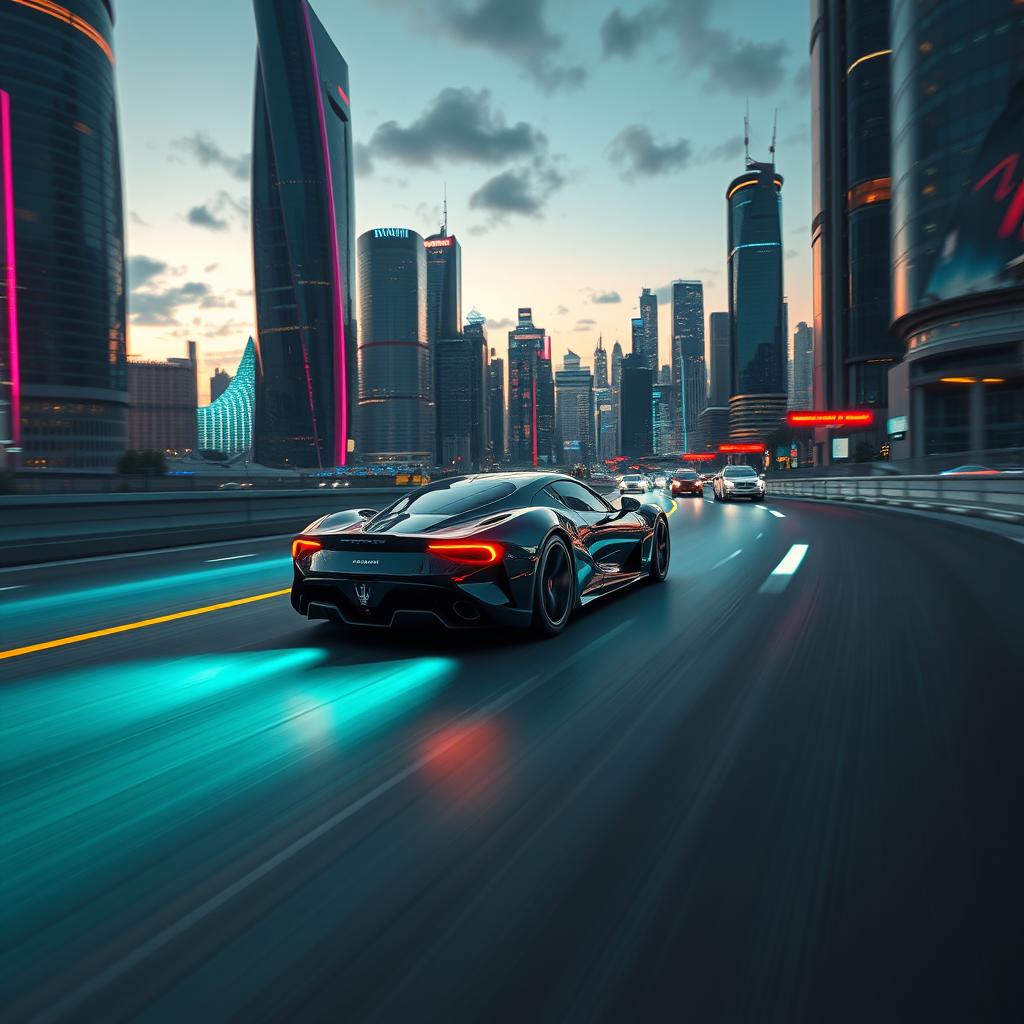Introduction to the Maserati MC20: Where AI Meets Speed
The world of supercars has witnessed significant advancements in recent years, with manufacturers integrating cutting-edge technologies to enhance performance and luxury. Maserati, an Italian luxury carmaker, has taken this to the next level by combining artificial intelligence (AI) with high-speed capabilities in its new MC20 supercar, showcased at CES 2025. This article delves into the concept of supercars, the unique features of the Maserati MC20, and the growing trend in the supercar market, highlighting the potential of AI-driven vehicles.
Understanding Supercars
Supercars are high-performance sports cars designed for exceptional speed, luxury, and advanced technology. They are often built for extreme performance, featuring powerful engines like V8s or V12s, advanced aerodynamics, and the ability to exceed 200 mph while accelerating from 0 to 60 in under three seconds. Examples of supercars include the Ferrari 488, Bugatti Chiron, and Lamborghini Huracán. Unlike regular cars, supercars offer a unique driving experience that combines power, style, and exclusivity.
The Maserati MC20: A New Era in Supercars
The Maserati MC20, first released in September 2020, represents a new era in supercar design and technology. The “MC” in MC20 stands for Maserati Corse 2020, signifying the brand’s commitment to innovation and performance. The MC20 leverages AI technology developed in collaboration with Politecnico di Milano, Italy’s top technical university, to create a self-driving supercar that can navigate high speeds with precision and safety. This AI-powered vehicle took center stage as the safety vehicle at the Indy Autonomous Challenge at the Las Vegas Speedway, demonstrating its capabilities in a high-speed racing environment.
The Role of AI in the Maserati MC20
The AI technology integrated into the Maserati MC20 is the result of the Artificial Intelligence Driving Autonomous (AIDA) project, which focuses on developing autonomous vehicles for public roads. According to Professor Sergio Matteo Savaresi of Politecnico di Milano, “The faster you go, the more efficient the algorithm needs to be, and it must never make mistakes.” This underscores the importance of testing AI algorithms under extreme conditions, such as high speeds, to ensure their reliability and performance.
Market Trends and Predictions
The supercar market is experiencing significant growth, with a current value of around $19.4 billion, according to market research firm Mordor Intelligence. This number is expected to rise by 24.23% to $24.1 billion by 2030, driven by increasing demand and the growing electrification of supercars. Despite challenges such as high prices, economic uncertainties, and stricter emission regulations, the market presents opportunities for growth and innovation. The integration of AI technology, as seen in the Maserati MC20, is likely to play a key role in shaping the future of the supercar industry.
Conclusion
The Maserati MC20 represents a significant milestone in the evolution of supercars, combining AI technology with high-speed capabilities to create a unique driving experience. As the supercar market continues to grow, driven by increasing demand and technological advancements, we can expect to see more innovative designs and features that push the boundaries of performance and luxury. The integration of AI technology is likely to play a key role in shaping the future of the supercar industry, enabling manufacturers to create vehicles that are not only faster and more powerful but also safer and more efficient.
Key Statistics:
- The supercar market is currently worth around $19.4 billion.
- The market is expected to grow by 24.23% to $24.1 billion by 2030.
- The Maserati MC20 features AI technology developed in collaboration with Politecnico di Milano.
- The MC20 has demonstrated its self-driving capabilities in high-speed racing environments, including the Indy Autonomous Challenge.
- The supercar market faces challenges such as high prices, economic uncertainties, and stricter emission regulations, but also presents opportunities for growth and innovation.




